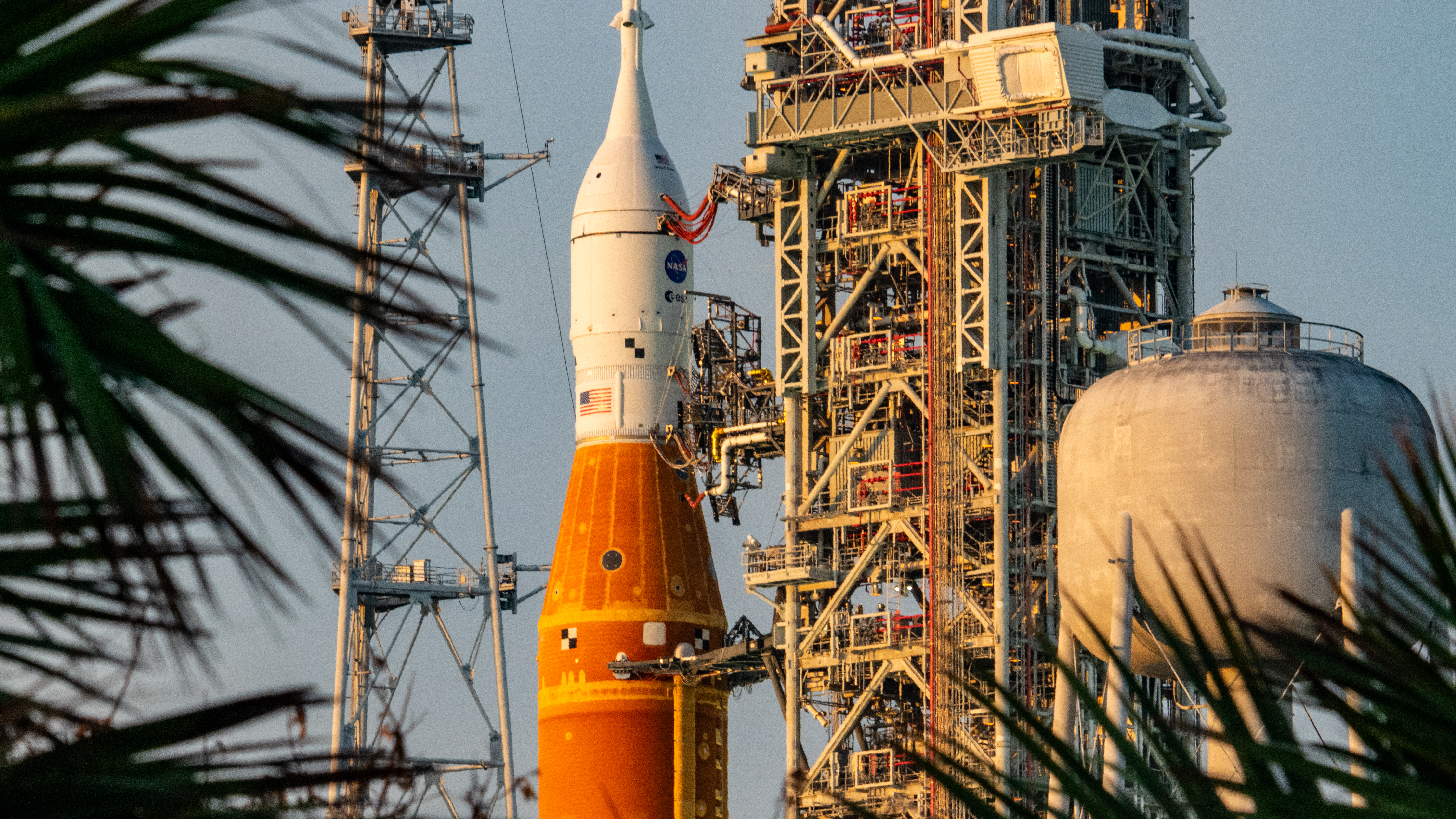Scientist: Calculations Prove Life Began in Comet
Life almost undoubtedly began in space, and specifically in the hearts of comets, rather than on Earth, a new study claims.
Chandra Wickramasinghe, an astrobiologist at Cardiff University in the United Kingdom, and his team say their calculations show that it is one trillion trillion times more likely that life started inside a slushy comet than on Earth.
"The comets and the warm watery clay pools in comets are settings in which the organic molecules are transformed into living structures in comets," Wickramasinghe said. "That transformation is more likely in some comet somewhere in the galaxy than in any small pond on the Earth."
The new findings will be detailed in an upcoming issue of the International Journal of Astrobiology.
But while most scientists are willing to concede that fallen comets might have delivered some of the water and organic materials necessary for life to Earth, critics say that Wickramasinghe's proposal that life originated in comets which subsequently crashed on our planet—an idea called panspermia—is speculative and not supported by evidence.
"It looks to me as if their conclusions are constructed from a series of speculations, none of which is based on much evidence. It is a theory built on air, not solidly grounded in scientific facts," said David Morrison, a senior scientist at the NASA Ames Research Center in Moffett Field, California, who was not involved in the study.
Speculative
Breaking space news, the latest updates on rocket launches, skywatching events and more!
Wickramasinghe and his colleagues' idea rests on the assumption that comets are full of porous clay particles that can hold water in a liquid form for eons.
Cometary missions such as Deep Impact have found evidence for a variety of silicates existing inside comets, but not clay per se, Morrison said.
The "assumption that Earth has very little clay while comets are full of clay is the key to their argument, and it is at best speculation," Morrison said.
It is also an open question as to whether comets do indeed contain liquid water inside them and whether other star systems support comets at all, let alone clay-, water- or life-bearing comets. "No comets have been discovered yet around other stars," Morrison said in an email interview.
Paul Falkowski, a biochemist at Rutgers University in New Jersey, also does not think that the site of life's origins can be figured out using simple calculations. "These basic kinds of things are dependent on the beginning initial assumptions. I don't know that we know the odds," Falkowski said. "We know the odds for exactly one planet, and it happened once, so everything else is a game."
The cosmic ray threat
Recent work by Falkowski and his team suggests that life would have difficulty surviving unprotected in deep space where comets reside. In research detailed in the Aug. 6 issue of the journal Proceedings of the National Academy of Sciences, the team recovered highly degraded microbial DNA from 8 million-year-old Antarctic ice and estimated that DNA on Earth has a half-life of only about 1.1 million years. In other words, every 1.1 million years, half of the DNA disappears.
The researchers say cosmic rays are the culprits and think that DNA—or any other complex organic molecule—would have a difficult time surviving for long in space, where radiation levels are much higher than on Earth.
"The radiation flux on the surface of this planet is one-tenth to one-one-hundredth to that of space," Falkowski told SPACE.com. "So when you go into a situation where you don't have a magnetic field protecting you from cosmic background radiation, the amount of damage to DNA would be incredibly high."
Falkowski's team estimates that DNA would survive only a few hundred thousand years in space, essentially ruling out interstellar pollination of life by comets as well as the potential for life to survive in space for very long.
- Image Gallery: Great Comets
- Comets Through Time: Myths and Mystery
- Deep Impact Special Report
Ker Than is a science writer and children's book author who joined Space.com as a Staff Writer from 2005 to 2007. Ker covered astronomy and human spaceflight while at Space.com, including space shuttle launches, and has authored three science books for kids about earthquakes, stars and black holes. Ker's work has also appeared in National Geographic, Nature News, New Scientist and Sky & Telescope, among others. He earned a bachelor's degree in biology from UC Irvine and a master's degree in science journalism from New York University. Ker is currently the Director of Science Communications at Stanford University.
